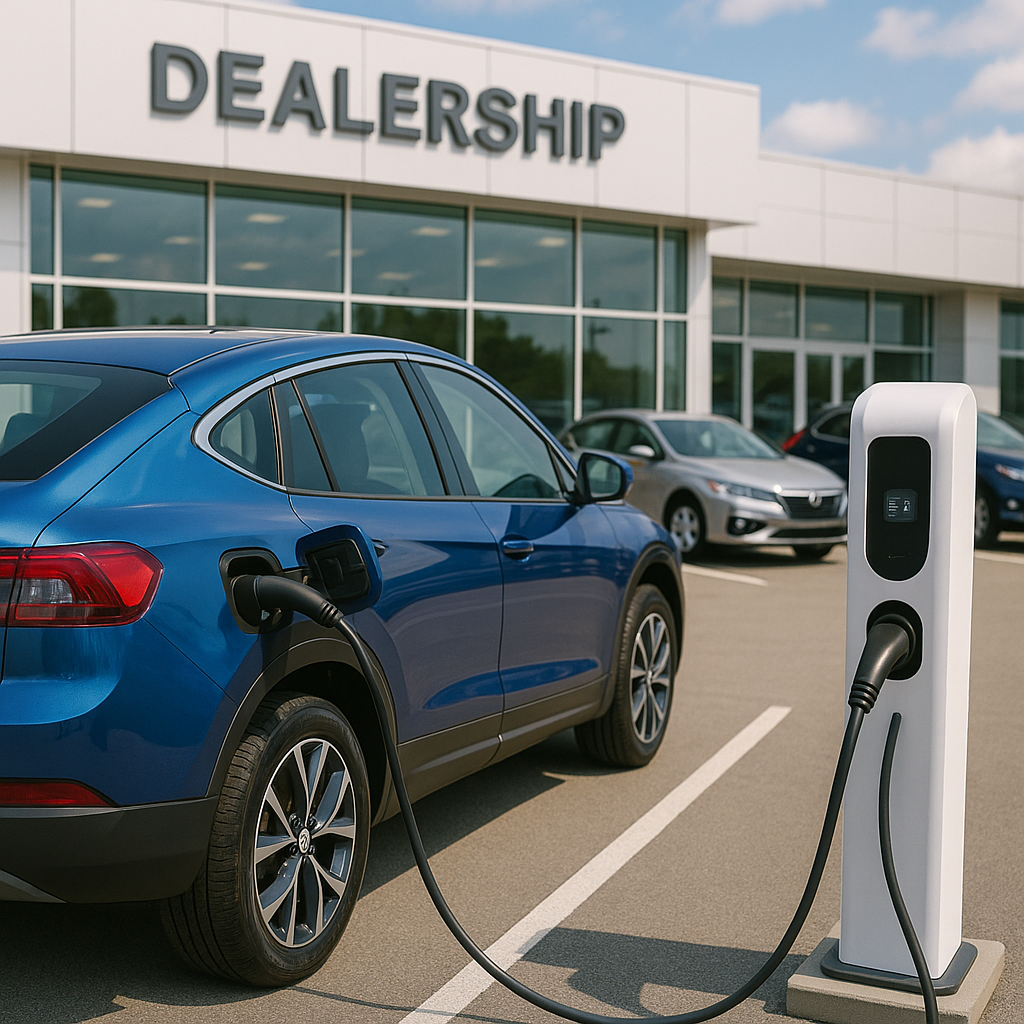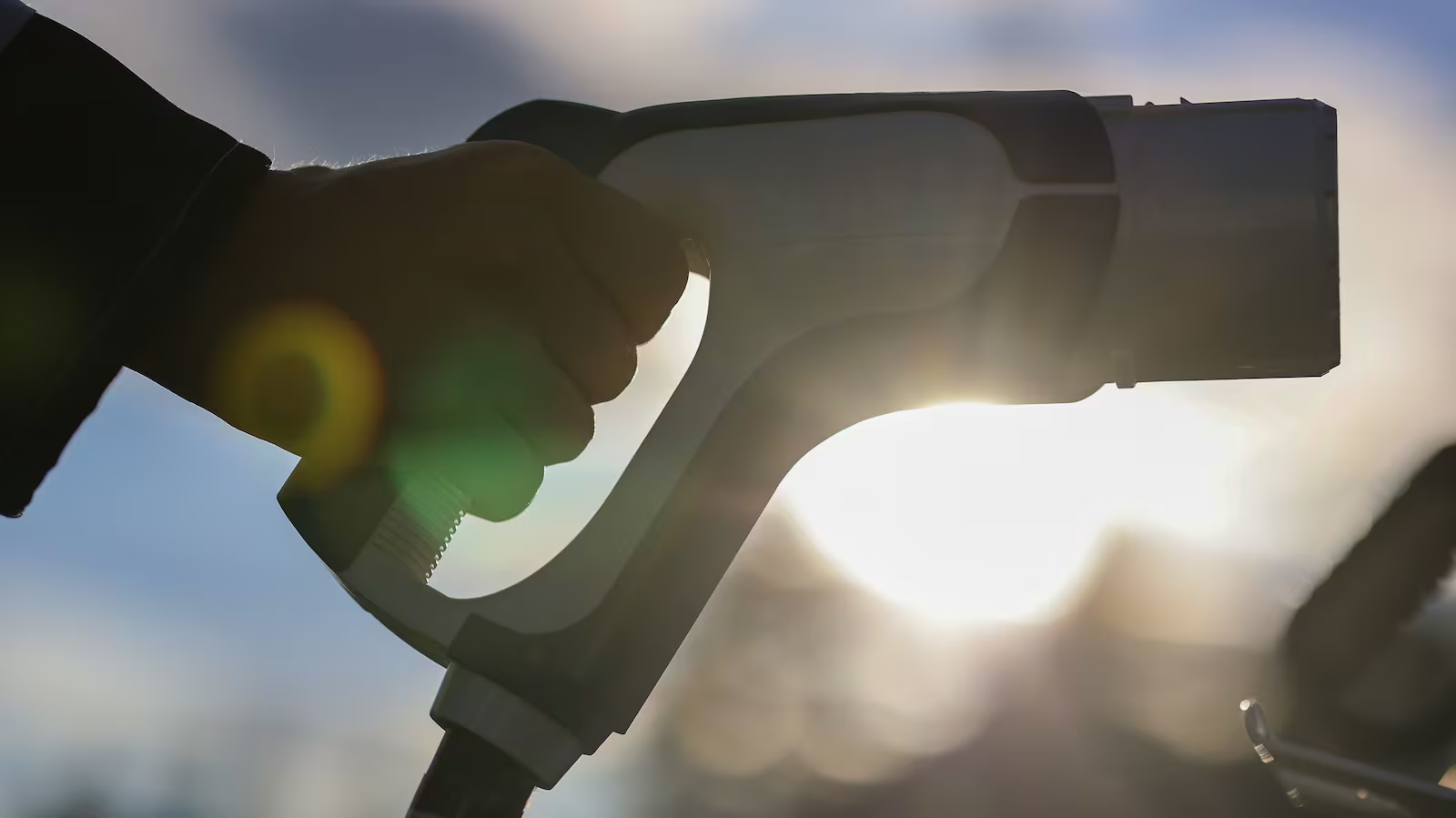Digital Experiences Will Define Customer Experience and Product Adoption
.jpeg)
Digital experiences come in all shapes and sizes and are instrumental in how a customer experiences a brand — impacting brand perception, product capabilities, and ultimately adoption or purchase.
85% of customers say that a digital experience is just as important as the product or service.
Internet-based technologies provide the platform to create these experiences, while a customer's need-driven user experience (UX) manifests them.
Digital technologies are not digital experiences. For example, using the banking app to take pictures of the check to make a deposit alone is not a digital experience. Combined with recognizing the amount, recipient, and date from the picture and suggesting an income category for the user is considered a digital experience.
The combination of UX strategy, UI design, and intelligent data-driven software creates the perception of a brand's potential and anticipated product interactions and adoption.
Whether it’s a website, app, augmented reality, virtual reality, social media, and the list goes on — ultimately, digital experiences should be intelligent, relevant, and personalized.
Innovation is Driven by Customer Demand
According to the Progress Global Survey, total spending on digital technologies was around $1 trillion in 2018 and is set to more than double by the end of 2022. Moreover, before the Covid-19 pandemic, 38% of business execs invested in digital technologies to gain a competitive edge.
There has been significant growth in the digital technology industry in the last two years. The pandemic effectively sped up the process. So, what has inspired this change?
Customers, particularly those who spend money through digital technology, are driving this change. They are actively seeking out experiences that don’t simply use digital technology but leverage it to improve customer experiences and better address their needs.
So, the digital experiences that make a difference in our lives are developed with seamless UX in mind, predict behaviors, offer solutions, drive efficiency, and save time.
A common example of seamless digital experiences is air travel. From booking one's flight online, to boarding the plane using a QR code, purchasing items in-flight, and upon landing arranging ground transportation via mobility ride sharing apps, the entire travel experience as of year 2022 is one that is enabled by technology integrations making seamless digital experiences possible.
You Can (and Will) Judge a Book by Its Cover
How a product or brand behaves in the digital world impacts the expectations (and perceptions) of the product in the physical world.
Keeping with the airport analogy, what happens when you go to book your flights and the website crashes after following the whole process? Or, and more likely, you do not receive your tickets, despite receiving the email confirmation? The next time you travel you may take your business elsewhere because 67% of customers pay more money to ensure a great experience. The airline will likely lose valuable passengers who will seek out competitors that they feel provide a much better service and experience.
Another example is a luxury car manufacturer. Whenever it launches a new car, people expect it to be a more high-end, tech-filled luxury with each new model. Because of this preconception, the expectation for the product experience begins early – in the digital space.
Customers’ brand perception starts during the consideration phase. For example, some car manufacturers now offer virtual tools to experience their vehicles, such as a virtual showroom to view models, or an application that enables car customization down to the paint color and design features, a virtual or augmented reality (VR/AR) experience of the car's interior, and many more. All these digital tools formulate the eventual customer’s perception of the brand, and the ease of their utilization contributes to sales.
With so many avenues and possibilities for brands to raise customers' expectations and how their products and services are perceived, it’s understandable that there is such a massive focus on digital technologies.
The Power of Data
Technology demands are ever evolving, and as goals change, so do customer needs. Agile software development plays a critical role in meeting the needs of our customers – and the behaviors and tools software affords are derived from data.
Billions of data points are collected every day, and the predictive power of data is critical to customer engagement and retention.
For example, in electric vehicle charging, three core data sources communicate to create the full EV experience: the car, the customer, and the grid (energy source). When data is collected and utilized in a predictive fashion, we can recognize a customer need before it occurs, which fosters accessibility and adoption. Customer and car data helps us recognize behavior patterns to automate and optimize the experience. Car data allows us to predict when the battery will need to charge and where, and the electric grid data provides insights into the most optimal time and location to charge, and so on.
This same example applies to smart homes and smart cities. As more of our societal infrastructure is standardized and technology-enabled, the data we produce will inform our future digital experiences – from how we consume energy and from which source, to how we maximize energy distribution in communities. Data will hold the key to shaping these experiences, predicting needs, balancing the energy demand/load on the grid, and optimizing delivery of energy so that human civilization can continue to thrive.
Final Thoughts
We’ve barely scratched the surface of digital experiences. It’s an exciting and evolving topic.
The automotive sector has embraced tech advancements and data to reinvent itself, survive and thrive. Stretching into electric and autonomous vehicles and working with other industries to ensure that the energy infrastructure is prepared to meet growing population demands.
The energy sector (specifically, utilities distribution) has many use cases that are not yet digitized (but will have to be to retain their customer base). It can model how it evolves after automotive. Solid digital experiences in other areas of customer lives extend the expectation for seamless digital experiences in their utility needs and energy consumption.
Energy customers will expect visibility into their usage behaviors, insights from the grid, diverse energy sources that consider the planet, and controlling costs. Energy delivered through seamless online applications – and not only on a paper bill many have opted out of a decade ago, if not longer – will be expected and demanded.
Digital experiences merge real-world experiences with digital expectations and help steer the direction that customers want to go. Understanding the key benefits of digital technology and leveraging data will continue to provide advancements.
Want to know what digital experiences look like from the customer perspective? Click here to find out.







